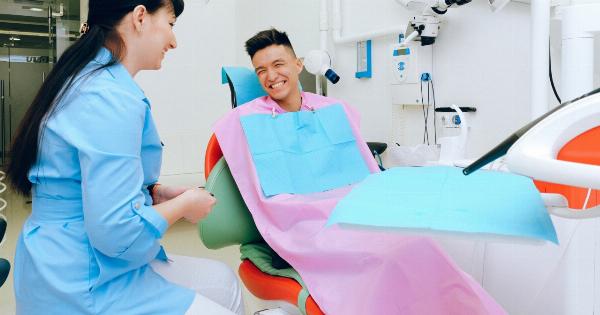Advances in medical technology have enabled doctors and scientists to save the lives of babies born premature. However, babies born extremely premature often face numerous health complications.
These complications can result in life-long developmental problems or even death. In the quest to reduce these complications, reach viable pregnancies, and grow healthy babies, scientists have developed the artificial womb technology.
Artificial womb technology offers hope for saving the lives of extremely premature babies and improving their health outcomes.
Prematurity: The Challenge
Prematurity is a medical condition where a baby is born before 37 weeks of gestation. Leading causes of preterm birth include infections, chronic illnesses, and lifestyle choices. Worldwide, 15 million babies are born prematurely every year.
Of those, around 1.1 million die from preterm complications. Those who survive often face developmental delays, respiratory and vision problems, and other health complications.
Extreme prematurity is when babies are born before 28 weeks of gestation. These premature babies face a higher risk of health complications and developmental delays.
As a result, intensive neonatal care, including life support, incubators, and artificial ventilation, is required to save their lives. Despite the advances in neonatal care, these infants still face a high risk of morbidity and mortality.
Enter Artificial Womb Technology
The artificial womb concept aims to replicate the environment of a mother’s uterus and provide a more natural environment than a plastic incubator.
The technology seeks to support the growth of premature babies outside the mother’s womb while giving them the vital developmental conditions that they would normally receive in utero.
The artificial womb, also called the biobag, is a closed fluid-filled system that mimics the intrauterine environment.
The device consists of a container filled with a synthetic amniotic fluid that flows in and out of the machine through an umbilical cord-like connection. This connection provides oxygen and other necessary nutrients for the baby’s growth while removing carbon dioxide and other waste via the lining of the sac.
The technology has been tested on fetal lambs, where they were kept in the biobag-like containers for several weeks, mimicking the growth and development that occurs in the womb.
The successful application of this technology on an animal model has sparked hope that it could be scaled up to benefit humans.
The Benefits of Artificial Womb Technology
The artificial womb technology may bring numerous benefits, including;.
- Better health outcomes for premature babies. Being in the biobag environment could lower the risk of respiratory and cardiovascular problems and other health conditions that occur in traditional neonatal intensive care units (NICU).
- Reduced stress for parents. Premature births significantly impact families emotionally and financially. Artificial womb technology could reduce the stress for families by providing a technology that creates a more natural pre-birth environment.
- Lower medical costs. Artificial womb technology could cut down on NICU stays, and other healthcare services that these patients require to thrive successfully, leading to significant cost savings.
- Flexibility in pregnancy duration. An artificial womb could allow doctors to extend the time a baby can stay in the womb, allowing them to continue to develop and grow until they are ready to be delivered naturally.
Challenges and Controversies of Artificial Womb Technology
As with many medical innovations, the development of Artificial Womb technology raises ethical and moral concerns. Some of the challenges of this technology include the following;.
- Critics fear artificial wombs could diminish the value of mothers and the emotional bond between mothers and children. In a society where motherhood is often glorified, the artificial womb technology may lead to the dehumanization of mothers and challenge cultural norms around childbearing and parenting.
- Regulation, patents, and costs could create inequalities in access to this technology. As with many medical innovations, access to the technology may be limited to privileged individuals due to the cost required for it. Additionally, access may be limited due to regulatory challenges and the barriers to access created by supply constraints in the market.
Conclusion
Artificial womb technology may be the ultimate solution to saving the lives of extremely premature babies. While there are challenges and controversies surrounding the technology, the potential benefits cannot be overlooked.
With additional research and development, artificial womb technology could be perfected in human trials, serving to advance neonatal care and offer hope to families in need.






























